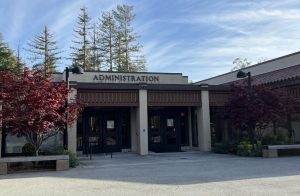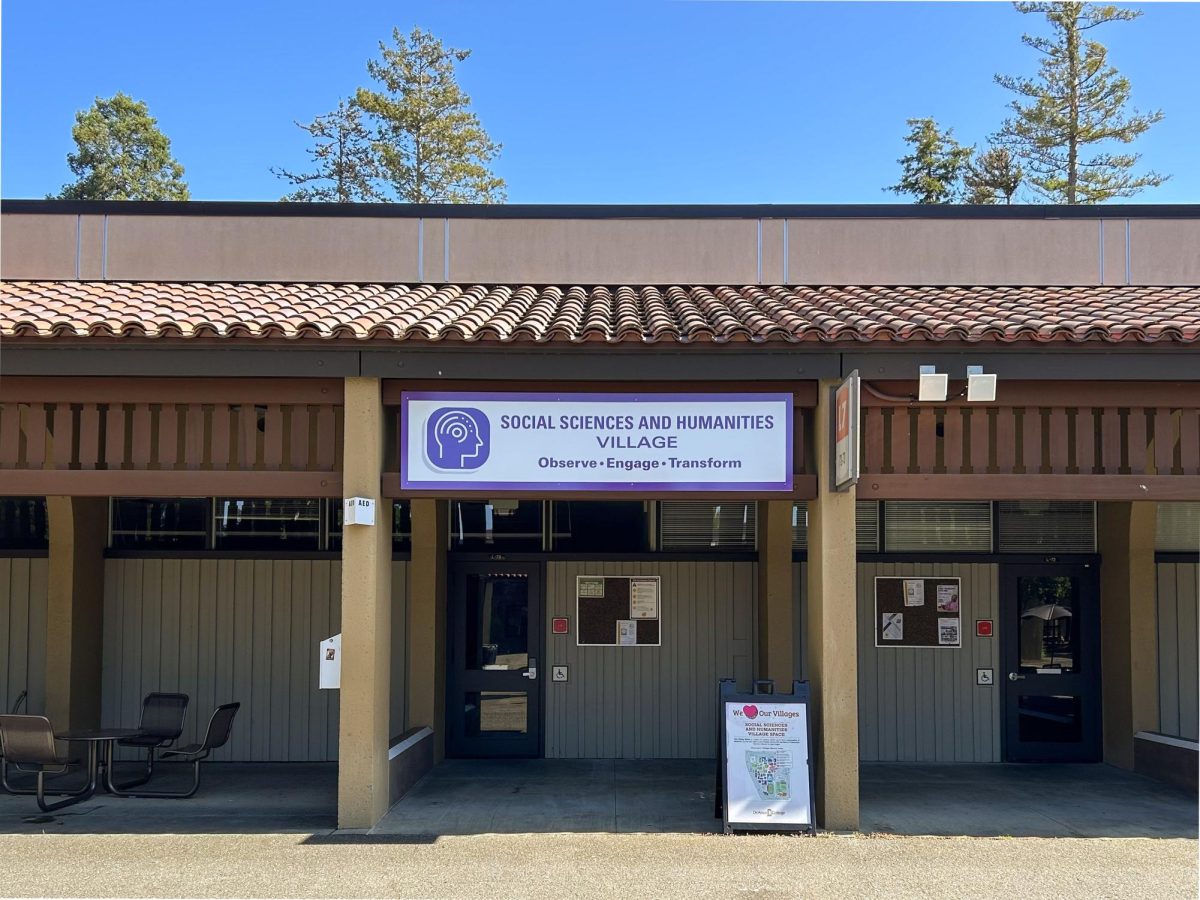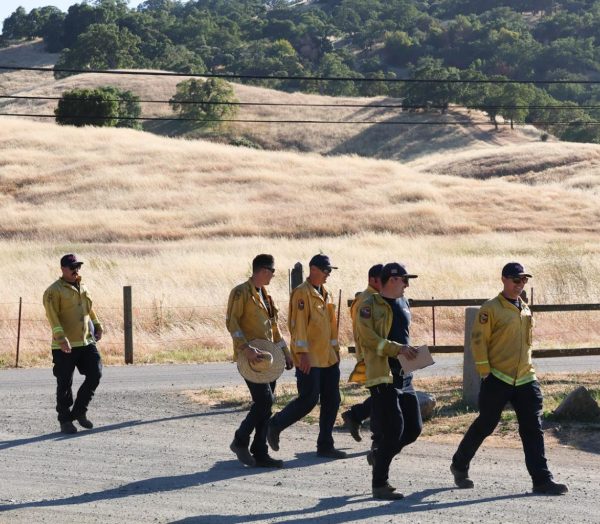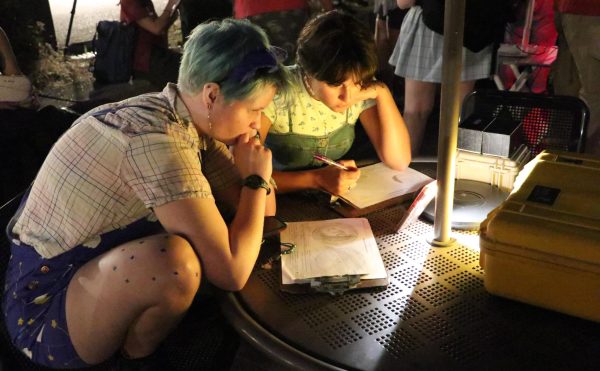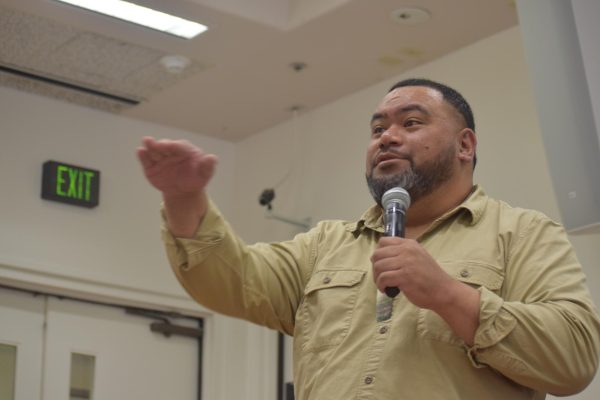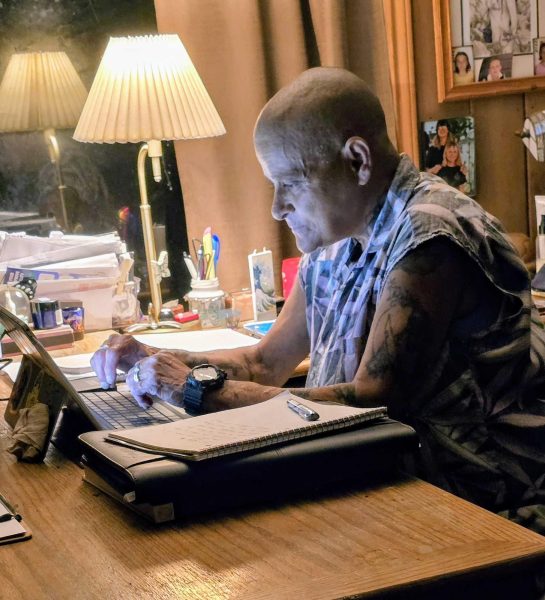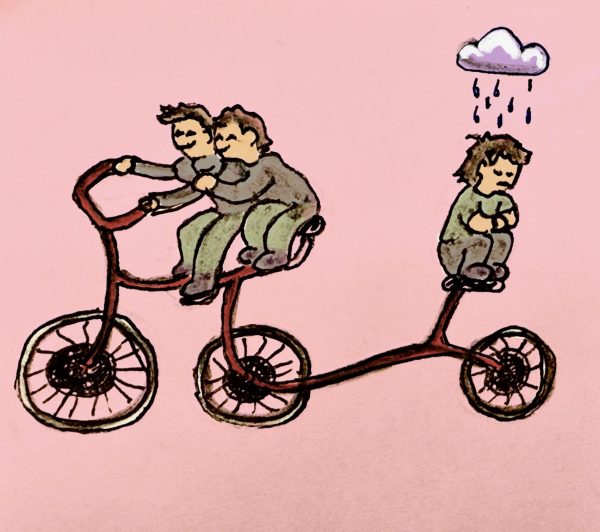Universities need to protect their students amid a rise in sexual assault cases
October 25, 2021
The statistics regarding sexual assaults on college campuses are well known with as many as 1 in 5 female college students being victims of sexual assault. In light of social media making this information more apparent as well as student protests, many institutions aren’t doing enough to address situations like these.
San Jose State University has recently come under fire for a sexual abuse scandal regarding the former director of sports medicine, Scott Shaw who assaulted 23 students. Despite complaints about the director dating back to 2008 and the evidence from students gathered by head women’s swimming and diving coach, Sage Hopkins, SJSU claimed Shaw was not guilty in 2010. It wasn’t until Hopkins resubmitted the allegations to the school in 2019 with a 300 page long document that the Title IX was reopened for an actual investigation to take place.
The inadequate treatment towards the victims was shown through the university’s choice to discipline Hopkins and another employee who attempted to report Shaw rather than conducting a thorough investigation of the matter. The lack of care towards victims from institutions is also seen at Santa Clara University, where hundreds of students held a rally to make the university take action against the sexual assault cases occurring on campus that the university deemed “lacking sufficient information” to investigate.
Only 20% of female college student sexual assault victims come forward about it, according to the Rape, Abuse and Incest National Network. In this case, colleges should try to encourage victims to come forward by offering support.
Santa Clara chose to take no action due to few sexual assault victims reporting to the school directly. By taking no action, the university isn’t doing enough to protect their students when they could take proactive measures to help their students such as offering counseling services or a safe space for survivors.
Unfortunately, many universities lack even proper investigations into Title IX cases. The issue stems from the investigation processes universities go through, determining whether the accused is guilty or not based on “preponderance of the evidence,” which is commonly used in courts.
While colleges investigate both sides of the story, to call for preponderance of the evidence when handling sexual assault cases is absurd considering respect for the anonymity of victims and their safety. It also isn’t properly punishing the accused because they are given an equal chance to speak to the university about the case and typically cases are investigated within a 60 day time frame. This time frame drags out the process as well as puts the victim at possible risk by allowing their assaulter to go unpunished for this long amount of time.
More colleges should implement safety protocols as well as partner with sexual violence organizations in order to keep their students safe.




